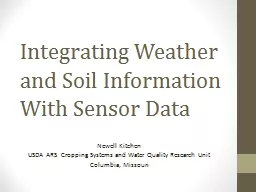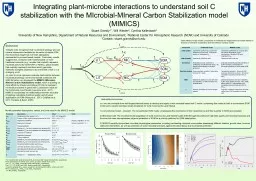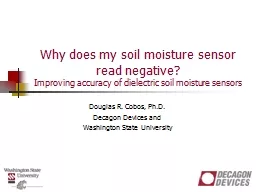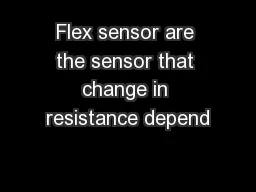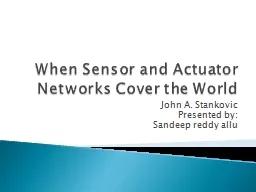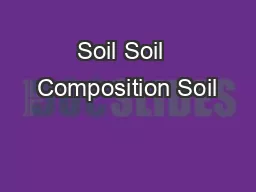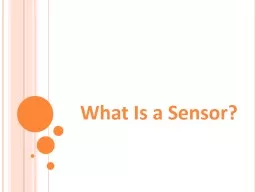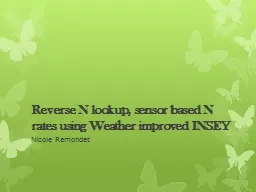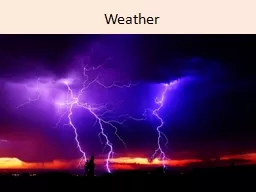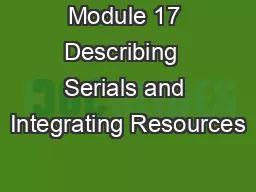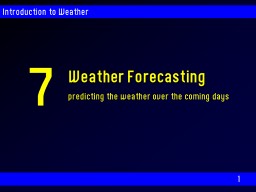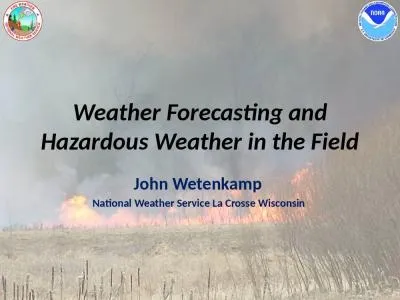PPT-Integrating Weather and Soil Information With Sensor Data
Author : myesha-ticknor | Published Date : 2019-11-24
Integrating Weather and Soil Information With Sensor Data Newell Kitchen USDA ARS Cropping Systems and Water Quality Research Unit Columbia Missouri What factors
Presentation Embed Code
Download Presentation
Download Presentation The PPT/PDF document "Integrating Weather and Soil Information..." is the property of its rightful owner. Permission is granted to download and print the materials on this website for personal, non-commercial use only, and to display it on your personal computer provided you do not modify the materials and that you retain all copyright notices contained in the materials. By downloading content from our website, you accept the terms of this agreement.
Integrating Weather and Soil Information With Sensor Data: Transcript
Download Rules Of Document
"Integrating Weather and Soil Information With Sensor Data"The content belongs to its owner. You may download and print it for personal use, without modification, and keep all copyright notices. By downloading, you agree to these terms.
Related Documents

